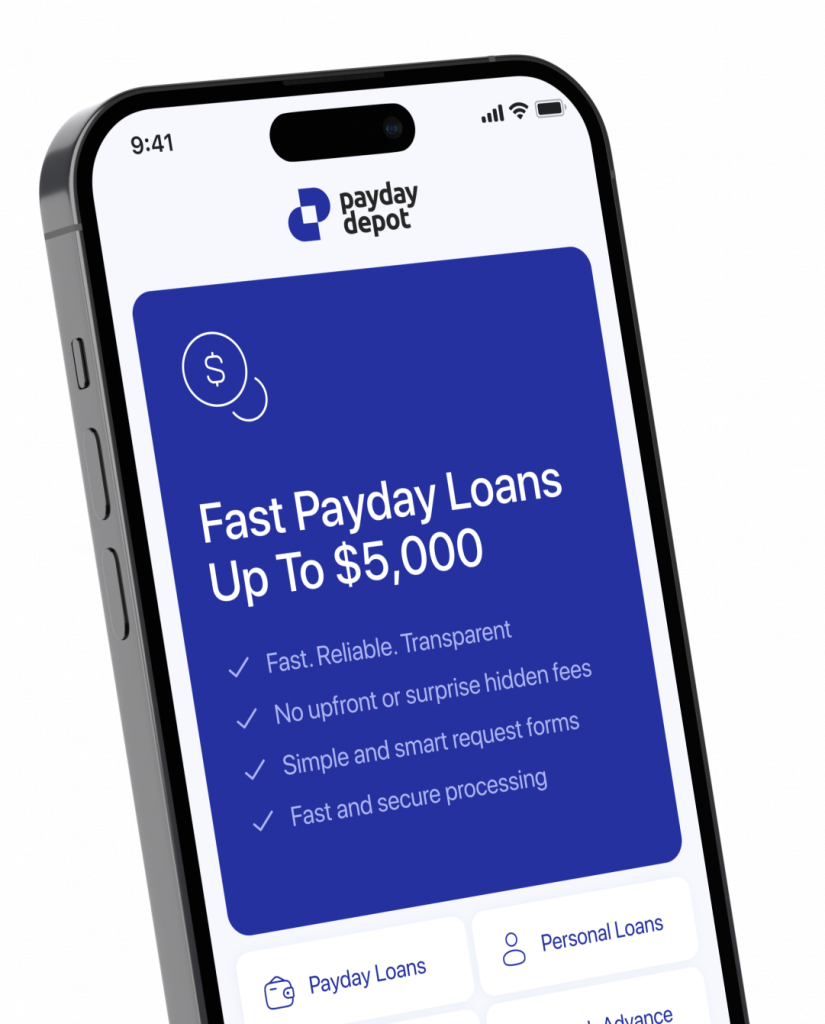Repayment Plan
Financial discipline is one of the essential factors for successful debt repayment. By providing a loan to the borrower, the lender structures the process of returning money using a repayment plan. Deviation from it and late payments are punished with a fine. Thus, a repayment plan is an agreement on the terms, stages, and regular amounts that the borrower transfers to the lender to pay off the debt.
Why It’s Important to Stick to a Repayment Plan
The loan consists of the principal or the original amount received by the borrower and interest, which are accrued as remuneration to the lender. As a rule, they are calculated as an annual percentage rate. That is why some borrowers strive to pay off the debt faster than the period specified in the repayment plan in order to save on interest. But many creditors do not welcome this decision, since they lose their reward in this case. Therefore, they require clients to adhere to the repayment plan and set early repayment fees.
As a result, the borrower faces a situation where penalties are imposed by the lender both if the borrower pays later than the due date and if they pay off a debt earlier. And the only effective solution is to strictly adhere to the repayment plan.
What Is Included in the Repayment Plan
The main purpose of the repayment plan is to clearly show the borrower when they must make payments, in what installments, how much they will still have to pay in the future, and how much has already been paid. Therefore, this document includes:
- Monthly payment amount, including the amount that goes to repay the principal and interest rate;
- Balance of debt after monthly payment;
- Total amount of payments already made.
Thus, the repayment plan serves as a kind of guide for the borrower, with the help of which they move towards their final goal ― freeing themselves from debt obligations.
Types of Loan Repayment Plans
The standard approach to creating a debt repayment plan is to divide the total amount owed by the number of months in which the borrower must repay the entire amount and add interest. This is the so-called annuity loan repayment scheme. But this is not the only option that lenders accept. Alternatives are also possible.
Differentiated Loan Repayment Plan
With this scheme, the borrower makes large payments at first, but they decrease every month. In addition, interest is also reduced, since it is calculated on the remaining balance of the debt.
Bullet Loan Repayment Scheme
This debt repayment option assumes that the interest on the loan is repaid first, and only then the principal. This scheme reduces the financial burden on the borrower at an early stage. But its disadvantage is that in this case, early repayment of the debt becomes impossible.
The repayment plan is agreed upon by the borrower, so read it carefully when signing. Do not take on obligations to a lender that you cannot fulfill. It is better to achieve relatively lenient debt repayment terms from the very beginning than to try to negotiate concessions from the creditor later. Of course, if you have difficulty repaying the debt, the lender will eventually accommodate you. But this will be a stressful situation that can be avoided if you agree on a repayment plan that is convenient for you from the very beginning.
